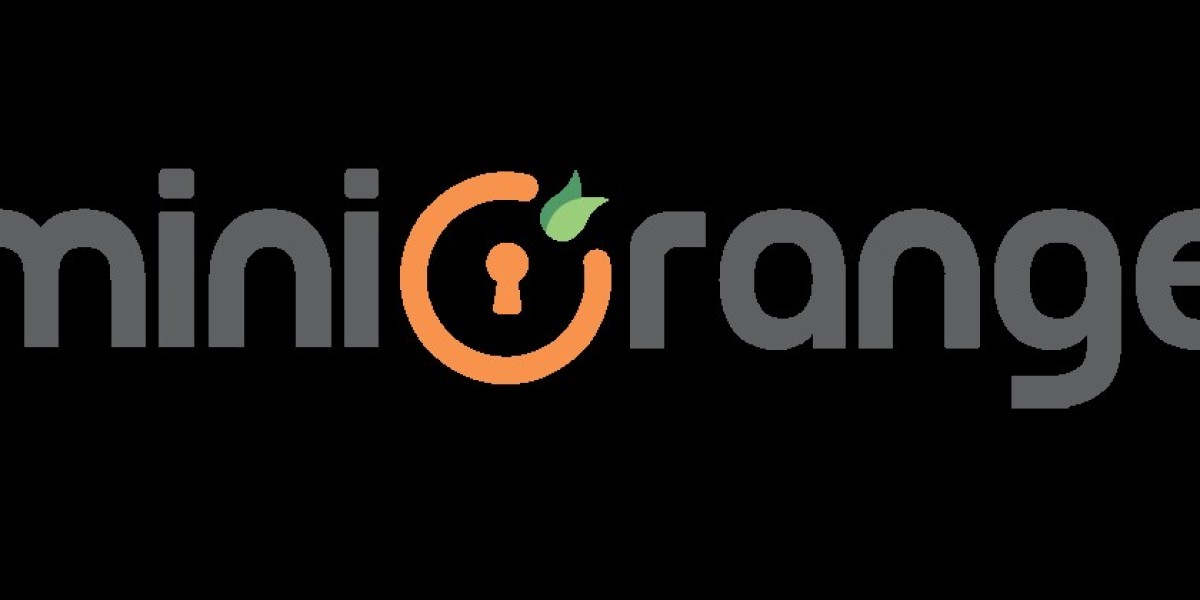Single Sign-On (SSO) integration allows users to authenticate once and seamlessly access multiple applications. For developers, implementing SSO in web applications can be a game-changer in improving user experience and security. However, integrating SSO can sometimes be complex, especially when connecting different technologies and platforms.
Understanding SSO Integration Protocols
Before diving into integration, it’s essential to understand the main SSO protocols that developers use to connect applications with identity providers (IdPs).
1. SAML (Security Assertion Markup Language)
SAML is one of the most widely used protocols for SSO in enterprise environments. It works by transferring authentication and authorization data between an identity provider (IdP) and a service provider (SP). In a SAML-based SSO, users authenticate with the IdP, which sends an assertion to the SP, allowing access to the application.
2. OAuth (Open Authorization)
OAuth is an open standard for access delegation, often used for authorizing third-party access to resources without exposing user credentials. While OAuth is primarily used for authorization, it can be extended for SSO authentication using protocols like OAuth 2.0 and OpenID Connect. OAuth allows users to authenticate via trusted third-party providers, such as Google or Facebook.
3. OpenID Connect
OpenID Connect (OIDC) is a layer on top of OAuth 2.0 that adds authentication features. OIDC uses the same mechanisms as OAuth but allows for the authentication of users, making it a popular choice for web and mobile SSO applications.
Choosing the Right Protocol
When selecting a protocol for SSO, developers should consider:
- SAML for enterprise applications and legacy systems.
- OAuth/OIDC for modern web apps, especially with third-party integrations (Google, Facebook, etc.).
- User base and security requirements also influence the decision.
How to Implement SSO for Web Applications
1. Integrating React SSO
For React-based web applications, implementing SSO authentication can be streamlined using miniOrange’s React SSO connector. This connector supports various protocols like SAML and OAuth for easy integration. Developers can:
- Use React components to initiate SSO login.
- Integrate with identity providers using SAML or OAuth/OIDC protocols.
- Leverage JWT tokens for secure user sessions.
2. Integrating Java SSO
Java developers can use miniOrange’s Java SSO connector for seamless authentication. The process involves:
- Configuring SSO login filters in Java-based web applications (Spring Security, etc.).
- Connecting with SAML or OIDC-compatible IdPs to authenticate users.
- Implementing token validation mechanisms (JWT, SAML assertions) for secure access.
3. Integrating PHP SSO
For PHP applications, the miniOrange PHP SSO connector offers a straightforward solution for integrating SSO authentication. PHP developers can:
- Use SSO libraries to initiate SAML or OIDC authentication workflows.
- Establish session management using secure tokens or SSO assertions.
- Customize login and callback flows to suit application-specific needs.
Leveraging miniOrange SSO Connectors
miniOrange’s SSO connectors provide a fast, secure, and customizable way to integrate SSO with React, Java, and PHP applications. These connectors:
- Support integration with a variety of identity providers and SSO protocols (SAML, OAuth, OpenID Connect).
- Offer pre-built libraries and SDKs to simplify the integration process.
- Ensure secure authentication with encrypted tokens and session management.
With miniOrange’s connectors, developers can focus on building their applications while ensuring seamless authentication experiences for users.
Best Practices for SSO Integration
When implementing SSO, developers should follow these best practices:
- Secure tokens: Always use encrypted tokens for secure communication between your application and the identity provider.
- Session management: Ensure users are logged out securely by managing session timeouts and token expiration.
- MFA integration: Enhance security by implementing Multi-Factor Authentication (MFA) in the SSO flow.
- Error handling: Ensure that your application handles authentication errors gracefully and provides helpful feedback to users.
Conclusion
Integrating SSO authentication into your web applications provides improved security, simplified access management, and a better user experience. By using SSO protocols like SAML, OAuth, and OpenID Connect, developers can implement secure and scalable authentication systems.
With miniOrange’s SSO connectors, developers can effortlessly integrate SSO into React, Java, and PHP applications, ensuring smooth authentication across platforms. By following best practices and leveraging miniOrange’s tools, developers can create secure, user-friendly applications that make authentication easy.



